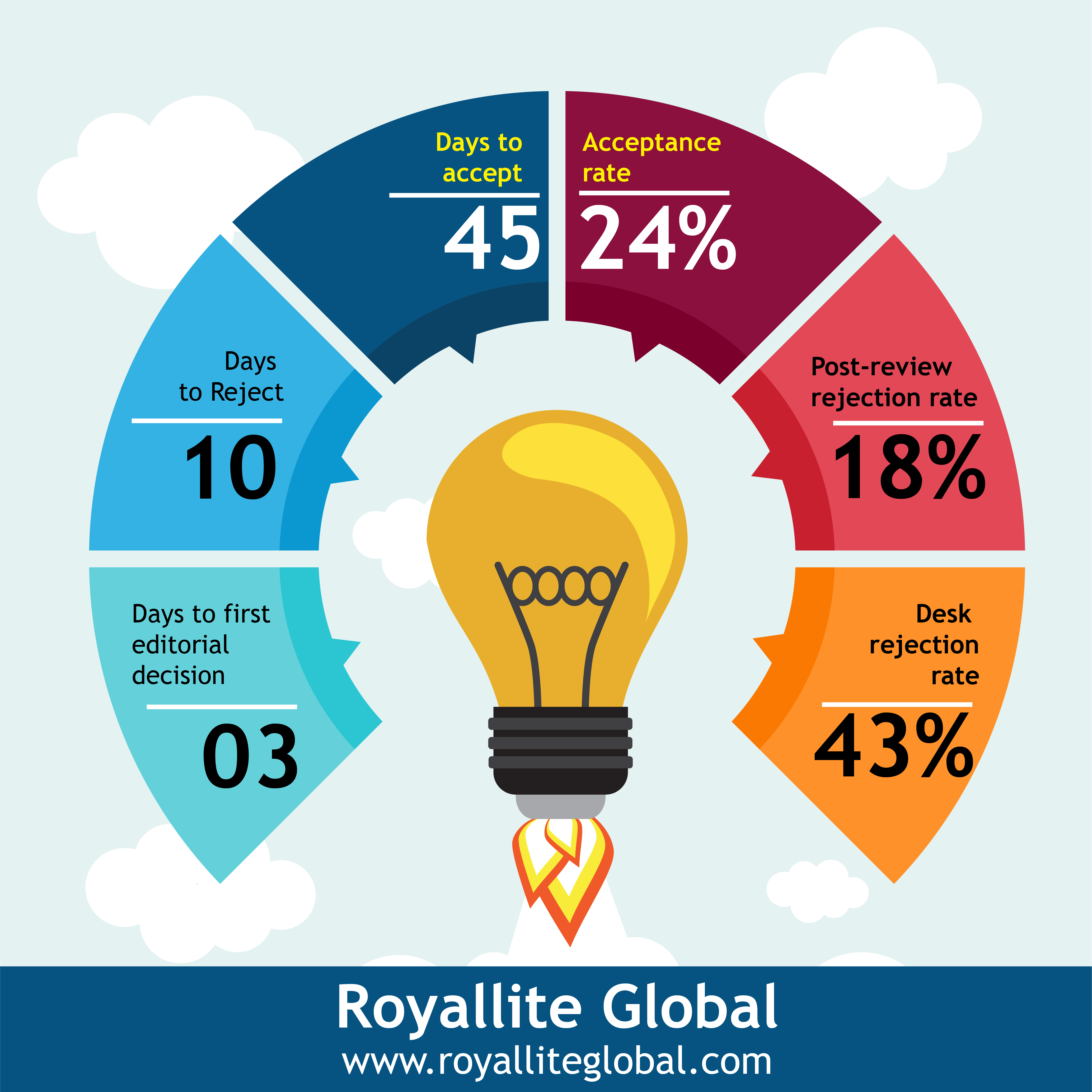The human body as a weapon: A question of aesthetics, economics and military logistics
Keywords:
aesthetics, cyborgs, espionage, myth, prothesis, thenatosAbstract
Myths and legends have been extensively studied in orature even though they have been given a facile analysis. This qualitative desk top research presents an in-depth examination of Lwanda Magere folklore by bringing to perspective its images, signs and symbols and exposing their literary functions while theorizing the human body as a text. The study used the human body as text theory to analyse data. Berger (1987) notes that, ‘Looking fixedly at certain phrases sitting on the page, they begin to move, change shape, dance, wriggle, turn inside out, sprout wings and fly about flapping from one speech or speaker to another until my wits begin to turn.’ Berger’s finding in literary words applies intrinsically to human bodies and objects as texts. The paper has examined human bodies in gender, military and economic senses and data from the Lwanda Magere narrative as well as narratives from foreign folklore have been subjected to textual analysis and their discussions extended to touch on human bodies as prostheses, cyborgs and weapons in futuristic science fiction. The study found out that life dramatically changes when we continue to integrate scientific and technological elements into the human body. The result will affect ethics, morality, justice, economics and to a large extent what it means to be human in the future.
References
Bertolt, M. & Asbrock, F. (2018). Disabled or Cyborg? How Bionics Affect Stereotypes Toward People with Physical Disabilities. Frontiers in Psychology, 9, 1-13.
Bhanegaonkar, S.G.& Alhaidari, A. (2012). Meaning, Origin and Functions of Myth: A brief Survey. International Journal of Social Science Tomorrow, 1(3), 1-6
Blesser, B. & Salter, L.R. (2007). Spaces Speak, Are You Listening? Experiencing Aural Architecture. Journal of the Acoustical Society of America, 12(4) DOI:10.1121/1.2537427.
Bousquet, A., Grove, J., & Chab, N. (2017). Becoming Weapon: an opening call to arms. Critical Studies on Security, 5(1), 1-8.
Ejupi, V., Siljanovska, L., & Iseni, A. (2014). The Struggle of Eros Against Thanatos in the Novel ‘Ladychatterles Lover by D.H. Lawrence.’ European Scientific Journal, 10(11), 1857-7881
Frith, H.& Gleeson, K. (2008). Dressing the Body: The Role of Clothing in Sustaining Body Pride and Managing Body Distress. Research in Psychology, 5(4), 249-264.
Griffiths, M.D. (2017). Sex, Footwear, Fashion, and Fantasy. Retrieved from htpps://www.psychologytoday.com/us/blog/in-excess/201704/sex-footwear-fashion-and-fantasy
Hansen, E. (2019). Shoe Hacks: 18 Most Creative and Unusual Uses for Shoes. Retrieved from https://www.yournextshoes.comunusual-uses-shoes.
Harry Berger, J.R. (1987). Bodies and Texts. The Cultural Display of the Body, 144-166.
Jenner, G. (2019). High heels: A Surprising history of high heels- BBC ideas. Retrieved from https://www.bbc.co.uk/ideas/videos/the-curious-origin-of-the-high-heel/po7sqgpy.
Johnson, K., Lennon, S.J., & Rudd, N. (2014). Dress, body and self: research in the social psychology of dress. Fashion and Textiles, vol 1(20) https://doi.org/10.1186/540691-014-0020-7.
Kelly, A. (2020). The Human Body: A Deadly Weapon? Retrieved from htpps://www.criminaldefenselawyer.com
Kendra, C. (2020). How Freud’s Pleasure Principle Works. Retrieved from htpps://www.verywellmind.com/what-is-the-pleasure-principle-2795472.
Kirby, P. (2020). The body weaponized: War, Sexual violence and the uncanny. Retrieved from https://doi.org/10.1177/0967010619895663.
Lo Liyong, T. (1973). Lecture notes: University of Nairobi.
Lombardi, K.S. (1997). Exploring Physical Beauty as a Psychological Weapon. Retrieved from htpps://www.nytimes.com/1997/10/26/nyregion/exploring-physical-beauty-as-a-apsychological weapon.
Mayor, A. W. (1938). Disabled or Cyborg? How Bionics Affect Stereotypes Toward People With Physical Disabilities. Retrieved from https://www.frontiersin.org/articles/10.3389/fpsyg.2018.02251/full
Messner, M.A (1992). When bodies are weapons: Masculinity and Violence in Sport. Retrieved from htpps://irs.sagepub.com/content/25/3/203
Miall, D.S. (1997). The body in literature: Mark Johnson, metaphor and feeling. Journal of Literary Semantics, 26, 191-210.
Mukwege, D. (2019). My Body is not a Weapon. Retrieved from htpps://www.imdb.com
Ogembo, J. (2004). Art in Ethnomedicine: A Case Study of Juogi in South Nyanza District of Western Kenya University of Cape Town PhD Thesis.
Omtatah, O. (1991). Lwanda Magere. Nairobi: Heinemanne.
Saltman, K.J. (2003). The Strong Arm of the Law. Body and Society, vol 9(4), 49-67.
Simelane, S.H. (2005). Cross-border cattle rustling and its socio-economic impact on rural southern Swaziland, 1990-2004. Journal of Contemporary African Studies, vol 23(2), 215-231.
Shaw, A. (June, 10, 2013). University of Houston Professor Stabbed to Death with Stilletto Heel. Retrieved from https://abcnews.go.com.
Shargi, H.M. (2019). Body as weapon: the archaeology of a war victim’s narrative. Journal of Conflict archaeology. Retrieved from htpps://doi.org/10.1080/15740773.2019.1651537.
Stuart, S.C. (2018). How Advanced Prosthetics Turned This Man into an ‘Emerging Cyborg.’ Retrieved from htpps://pivotcenter.utah.edu/news/how-advanced-prosthetics-turned-this-man-into-an-emerging-cyborg.
Thompson, P.A. (2003). Subversive bodies: embodiment as discursive strategy in women’s popular literature of the long eighteenth century. (Unpublished doctoral dissertation). LSU
Wagner, J. (2014). The Effectiveness of Soft & Hard Power in Contemporary International Relations. Retrieved from htpps://www.e-ir.info/2014/05/14/the-effectiveness-of-soft-hard-power-in-contemporary-international-relations/
Downloads
Published
License
Copyright (c) 2021 Jack Ogembo, Cellyne Anudo, Benard Kodak

This work is licensed under a Creative Commons Attribution-NonCommercial-ShareAlike 4.0 International License.
This open-access article is distributed under a Creative Commons Attribution (CC-BY) 4.0 license.
You are free to: Share — copy and redistribute the material in any medium or format. Adapt — remix, transform, and build upon the material for any purpose, even commercially. The licensor cannot revoke these freedoms as long as you follow the license terms. Under the following terms: Attribution — You must give appropriate credit, provide a link to the license, and indicate if changes were made. You may do so in any reasonable manner, but not in any way that suggests the licensor endorses you or your use. No additional restrictions You may not apply legal terms or technological measures that legally restrict others from doing anything the license permits.






